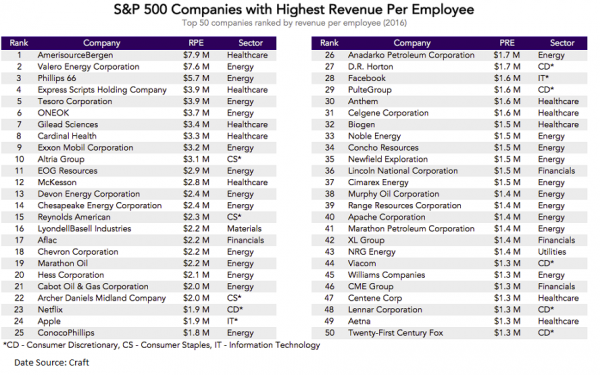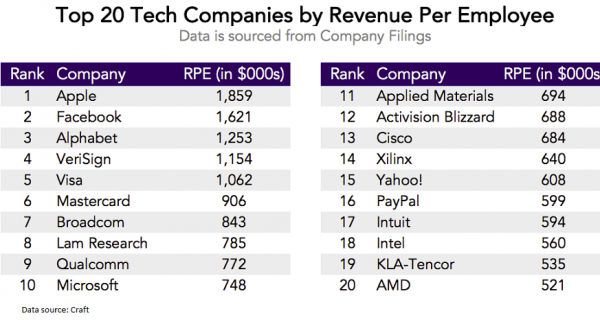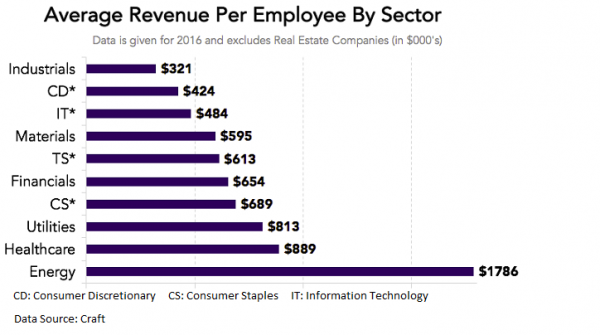The Hidden Costs of Hiring: Onboarding Drives Up the Price Tag More Than You Think

Employee turnover costs do not typically appear in budgets. There is no single figure in the balance sheet, profit and loss statement, or cash flow statement to describe the true impact of hiring, nor is there even a standard formula for measuring such costs.
Today, I’d like to explore the components required to produce a more comprehensive measurement of turnover and hiring costs, and then consider how such costs may be reduced.
Hidden Costs: Processes, Systems, Networks, and Lost Knowledge
According to a Wall Street Journal guide, it can cost more than twice an employee’s salary to find and train their replacement. The costs that contribute to this price tag may include internal and external recruiters, advertising, interviewing, preemployment screening, onboarding, and training.
For workers operating a new machine, a training course may well suffice for getting new hires up to speed. However, this task-based training does not account for the internal processes, systems, and management structures a new hire must learn, which may differ across firms. Larger firms may document all these processes and structures, but it still takes time for a new team member to source this information and become familiar with working practices. All told, it can take 1-2 years for a new hire to get up to the same level of productivity as the lost employee.
Similarly, traditional churn costs do not measure the value of product or sector know-how, knowledge, or internal networks lost when an employee departs. Companies are built on relationships, both internal (between peers and across departments, divisions, and management structures) and external (stakeholders, regulators, suppliers, investor relations, and media). A newcomer will take time to build up these relationships and develop both internal and external credibility. Increasingly, projects operate on a matrix structure, pulling in resources across departments. New team members may be at a disadvantage, as they lack any knowledge of internal processes, systems, or people, which may lead to errors or slower client interactions.
There may be gaps before a replacement takes over, during which time other staff members have to pick up the slack, possibly working longer hours or with increased stress. Churn can also also impact morale and encourage some employees to seek other opportunities.
Why a One-Size-Fits-All Measure Fails
True cost measures of hiring will differ significantly depending on sector, industry, department, and seniority. It would be a mistake to apply a single figure arbitrarily. For example, retail staff on the shop floor will have lower replacement costs compared to skilled labor.
Similarly, in software development, one of the key costs is poorly written business requirements. Excellent code fails if it solves the wrong problem. Responsibility lies with business analysts for poor or ill-defined requirements and with project managers for failing to spot and correct these errors. Therefore, new hires of business analysts and project managers are particularly at risk of committing errors and delaying projects, particularly when domain knowledge or subject matter expertise is missing or inadequate.
Contractors with experience across multiple organizations, structures, and processes — particularly those who bring in missing or key skill sets — may offset turnover and hiring costs more readily than permanent employees who have worked at fewer organizations or at companies with different working practices and external stakeholders.
Worker Contribution to the Bottom Line
Another key distinction in calculating hiring costs is that between direct profit-making staff and support staff. Salespeople generate profit directly, as do engineers and the innovators behind profitable business decisions. An idea, once implemented, could drive millions in profit. Should the workers responsible for these ideas leave, a competitor may be the recipient of their next major windfall.
Another extreme but realistic case frequently occurs within financial services, where top prop traders and asset managers may generate millions of dollars in revenue from a single profitable trade.
For any measure of turnover and hiring costs to be meaningful, it must account for a degree of worker contribution to firm profitability. One accurate, but rudimentary, approach would be to apply a weight to each worker’s overall compensation package (salary plus bonuses) to represent the opportunity cost (lost revenue) of losing top sales and trading staff compared to back office and general administrative staff.
Employment Data to Look At
However, even this approach fails to measure the true cost to shareholders. Let’s consider the following data, from data and analytics platform Craft :



Suppose Trader A has a base salary of $100,000 and a $1 million bonus. If Trader A leaves, the first issue will be finding a similar talent able to produce the same kind of revenues. If Trader A produced $20 million in profit, a standard turnover cost of 200 percent of Trader A’s salary would not measure the true stakeholder cost of the departure and replacement. If Trader A’s replacement is not capable of generating the same returns, this amounts to further (hidden) losses.
The only way to bridge the gap is to focus on worker productivity: Calculate the amount of revenues produced by each worker across sectors, departments, and roles, and then take into account other hiring costs. In the case of skilled workers, as the tables demonstrate, the true costs of turnover will be significantly higher.
Lost Revenue Per Employee (RPE) During Onboarding
Another hidden cost of recruiting is the lost revenue from prolonged onboarding, which can lower RPE significantly. While sector-dependent, lost revenue can reach millions of dollars.
There are two base cases of lost RPE to consider:
- An employee is replaced by a candidate of similar caliber. The standard costs of attrition apply, plus a reduction in RPE while the replacement hire works toward becoming fully functional with respect to internal processes, systems, and stakeholders.
- New projects and expansions, or when mission-critical projects are delayed due to onboarding.
Each additional day spent onboarding lowers RPE for corporates, while from the managed service provider (MSP), recruitment process outsourcing (RPO), and staffing agency perspective, revenue is lost or delayed while contractors and permanent hires sit idle. Meanwhile, consider third-party candidate retention: If candidates were able to reduce idle time, they would be much more likely to continue with the same MSP, RPO, or staffing agency.
The status quo needs changing. The manual administrative costs of onboarding pale into insignificance compared to the loss of productivity and revenues, as well as the reductions in third-party commissions.
Another cost to measure is the failure to ensure an appropriate skill set and cultural fit, shortfalls in which might dampen productivity or necessitate the fast replacement of new hires.
Much has already been written on attrition and engagement, so these areas will not be discussed in detail. Suffice it to say further improvements here will be beneficial, although in-demand workers will continue to be headhunted and seek greener pastures. Some of these factors are exogenous and cannot be controlled.
There are, however, endogenous factors which can be controlled. Among them are increased automation and the removal of redundant data and repetitive tasks from the entire onboarding process, starting with reference checks and preemployment screening through to on-the-job onboarding. For example, past employers should not be troubled for references every 3-6 months when contractors change jobs. It is far more efficient to request references once and store them safely. This alone may reduce the onboarding process by 2-4 weeks. When several firms involved in a process — e.g. third-party recruiter, consultancy, and end client — each request the same forms and data, it is time-consuming for workers and does not foster engagement.
—
In conclusion, a true measure of cost per hire needs to account not only for hiring and training, but also reductions in RPE. Increased automation of onboarding can play a significant role in curtailing those RPE losses.
Sara Statman is founder and CEO of HireFaster. Check out the HireFaster YouTube channel for more.

